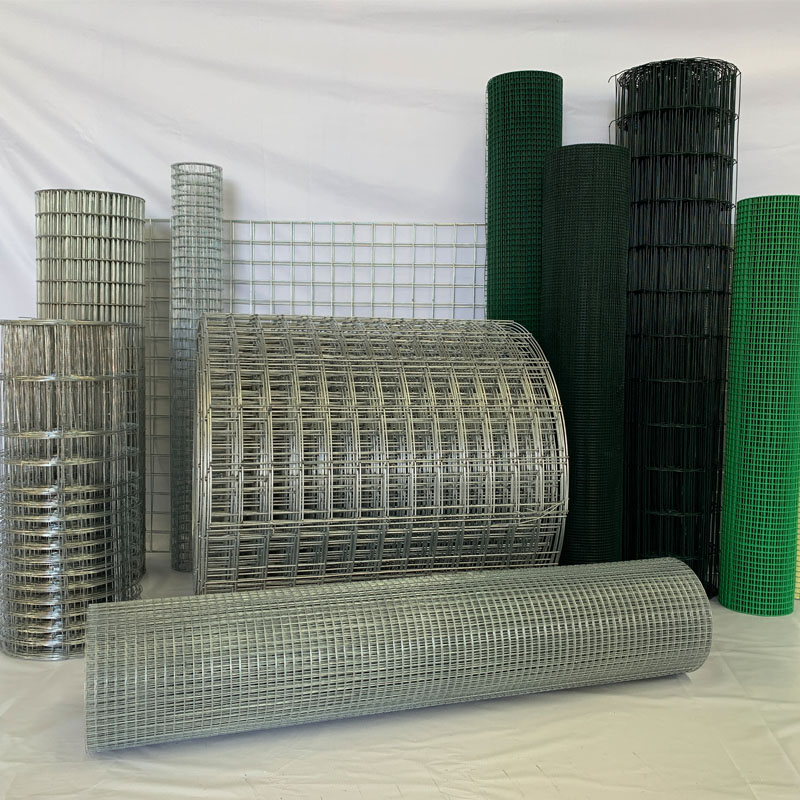welded hardware cloth
Understanding Welded Hardware Cloth Applications, Benefits, and Installation
Welded hardware cloth is a versatile and durable fencing material that has gained popularity in various applications due to its strength, adaptability, and ease of use. Made from a series of wires welded together at intersections, this material offers an excellent solution for both commercial and residential needs. In this article, we will explore the applications, benefits, and installation process of welded hardware cloth, providing a comprehensive overview of why it is a preferred choice for many DIY enthusiasts and professionals alike.
Applications of Welded Hardware Cloth
Welded hardware cloth is used in a variety of applications that benefit from its sturdy construction and resistance to wear. Some common uses include
1. Gardening and Landscaping Many gardeners use welded hardware cloth to protect plants from pests and animals. It serves as an effective barrier against rabbits, deer, and other unwanted visitors, allowing plants to thrive without fear of being eaten.
2. Animal Enclosures For those who keep chickens, rabbits, or other small animals, welded hardware cloth is an ideal material for crafting secure enclosures. Its strength ensures that predators are kept at bay, while allowing ample ventilation.
3. Construction and Renovation Welded hardware cloth is often used in construction projects, such as reinforcing fences and providing support in concrete applications. It can also be used as a backing material for stucco, enhancing the durability of exterior walls.
4. Home Security The robust nature of welded hardware cloth makes it a reliable option for window guards and security fences. Homeowners can use it to enhance security without compromising the aesthetics of their property.
5. Reinforcement In addition to its fencing applications, welded hardware cloth can be used for various reinforcement purposes, including providing support in flooring and ceiling systems.
Benefits of Welded Hardware Cloth
The popularity of welded hardware cloth stems from its numerous advantages
1. Durability One of the main reasons for choosing welded hardware cloth is its durability. The welding process creates a strong bond between the wires, making it resistant to rust and wear over time. Galvanized options are even more resilient, further extending their lifespan.
2. Versatility Available in various sizes and mesh configurations, welded hardware cloth can be used for a wide range of projects. Whether you need a fine mesh to protect delicate plants or a sturdier mesh for animal enclosures, there is a suitable option available.
welded hardware cloth

3. Easy Installation Installing welded hardware cloth is straightforward. It can be cut with wire cutters and attached easily using nails, staples, or zip ties, making it ideal for DIY projects. This ease of installation allows homeowners and contractors to implement it quickly and efficiently.
4. Cost-Effective Compared to other fencing materials, welded hardware cloth is often more affordable. Its longevity and low maintenance requirements also make it a cost-effective choice in the long run.
5. Environmentally Friendly Many welded hardware cloth options are made from recycled materials, making them an environmentally responsible choice for conscious consumers.
Installation Process
Installing welded hardware cloth is a relatively simple process that can be completed with minimal tools and effort
1. Planning Before installation, plan the layout of the area where the cloth will be used. Measure and mark the desired fence or barrier dimensions to ensure accuracy.
2. Preparation Clear the area of debris and ensure the ground is level. If necessary, use stakes to mark the corners and boundaries of your project.
3. Cutting the Cloth Use wire cutters to cut the welded hardware cloth to the appropriate size, allowing for some overlap at the corners if desired.
4. Setting the Support Posts For fencing applications, install support posts in the ground at regular intervals. The distance will depend on the height of the mesh and the specific project requirements.
5. Attaching the Cloth Secure the welded hardware cloth to the posts using staples, nails, or tie wire. Make sure it is taut and well-secured to prevent sagging.
6. Finishing Touches Trim any excess cloth and ensure that all edges are smooth to avoid any potential injuries.
Conclusion
Welded hardware cloth is an invaluable material that excels in various applications, from gardening to home security. Its durability, versatility, and cost-effectiveness make it a popular choice among homeowners and professionals alike. Whether you're building an animal enclosure, protecting your garden, or reinforcing a structure, welded hardware cloth offers a reliable solution that can meet your needs. As you embark on your next project, consider how this remarkable material can enhance the functionality and security of your property.
-
Space-Saving Chain Fence Hacks Vertical Gardening with Cyclone MeshNewsJul.16,2025
-
Innovations in Iron Nail Wire Production for Modern ConstructionNewsJul.16,2025
-
Creative Uses of Wire Netting Fence in Modern Landscape DesignNewsJul.16,2025
-
Barbed Wire Fence Innovations in Anti-Climb TechnologyNewsJul.16,2025
-
Architectural Uses of Umbrella Nails for Aesthetic Roof DesignsNewsJul.16,2025
-
Architectural Uses of Razor Barbed Wire in Secure Urban DesignNewsJul.16,2025




